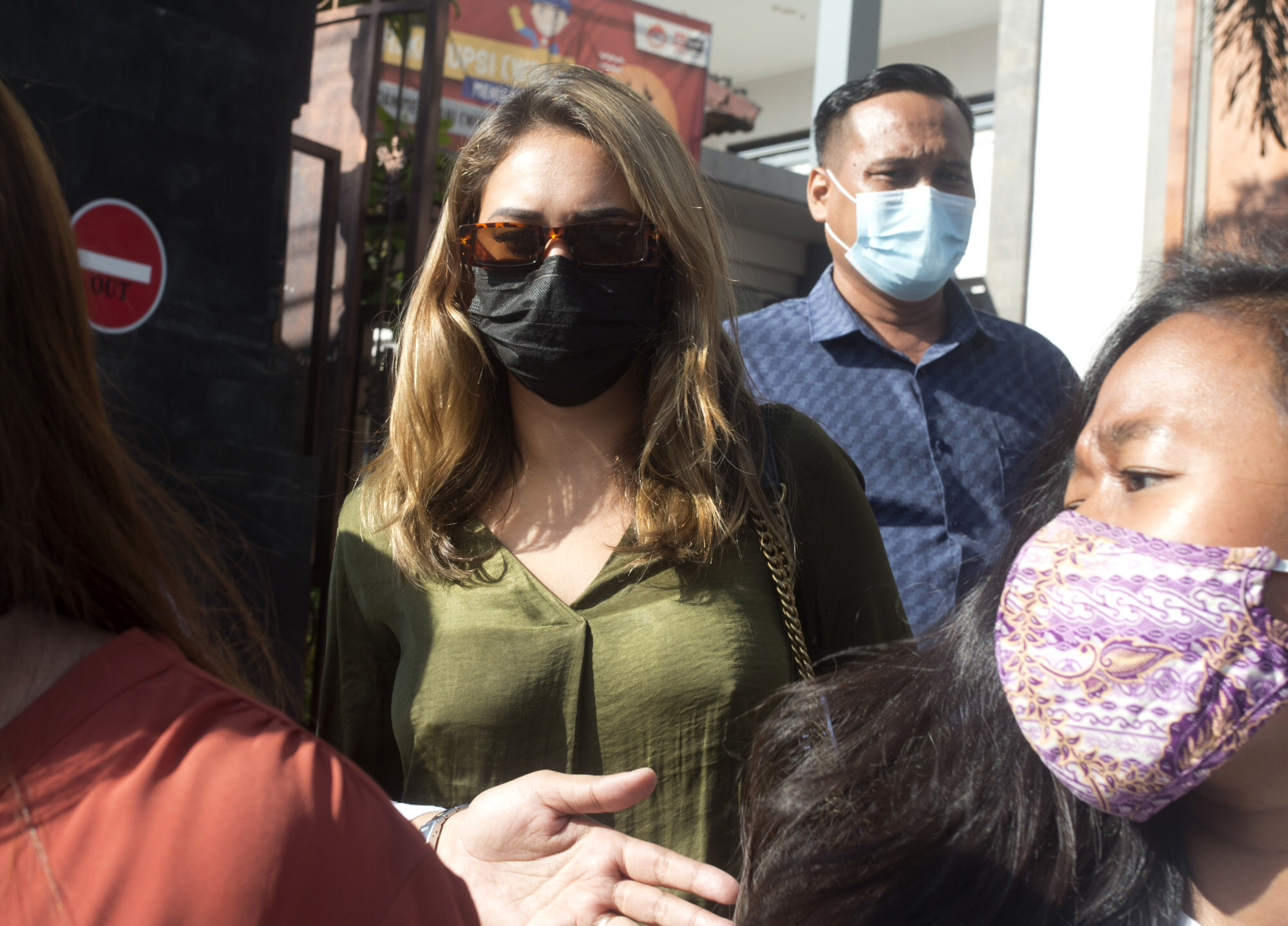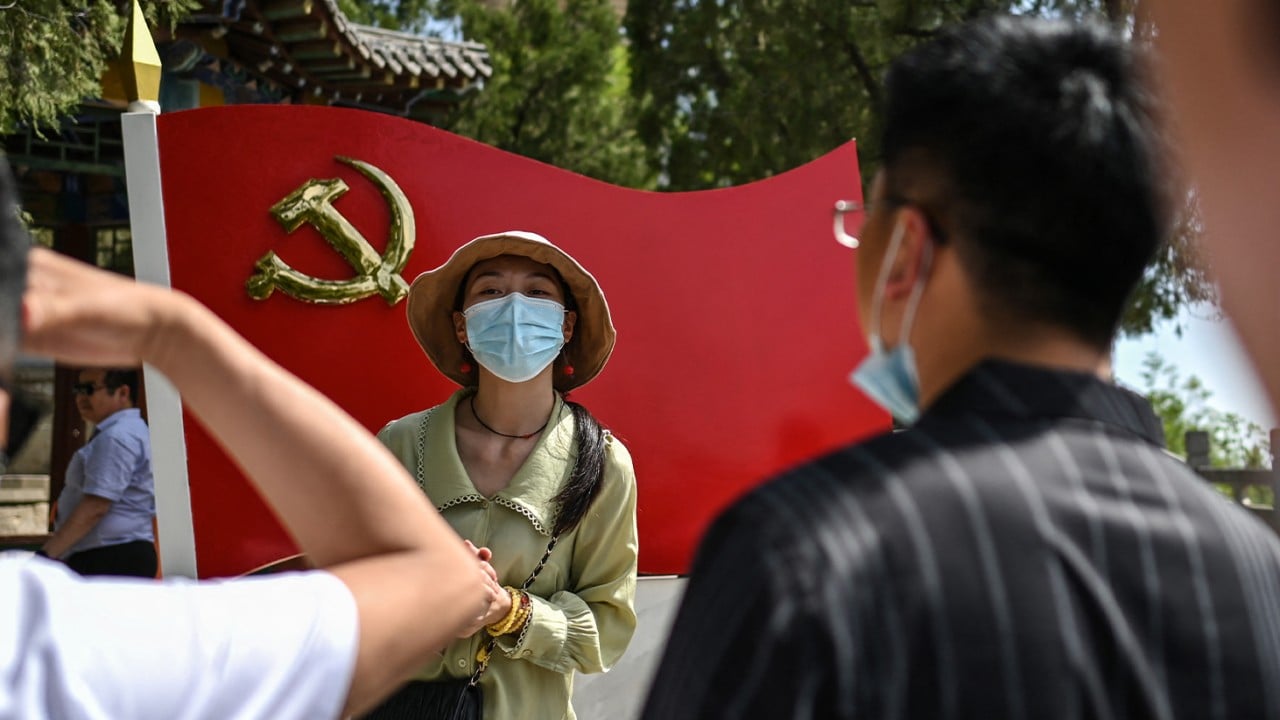
‘Red tourism’ in China ahead of Communist Party centenary appears rampant … but with borders shut, where else is there to go?
- This Labour Day holiday, in contrast to earlier years when overseas trips were common, many Chinese tourists visited sites pivotal to Communist Party history
- A tenfold rise in ‘red tourism’ in the 15 years to 2019 was earlier reported, and interest has apparently grown since then with the party’s centenary looming
Travel teaches us a lot. Visiting a destination gives us insight into its people, culture, cuisine and history.
The latter was apparently high on the agenda of mainland Chinese tourists, whose Labour Day holiday itineraries were led by visits to sites central to the founding of the Communist Party, ahead of its upcoming centenary on July 1.
Before the extended public holiday, which ran from May 1 to 5, online travel agent Trip.com predicted that as many as 200 million domestic trips would be made. That’s not only a record-breaking number – up from 195 million in 2019 – it also lends credence to the idea that “revenge travel” is a genuine phenomenon.
No doubt helping drive interest in domestic hotspots is the fact that international travel is all but off the cards, with most returning travellers subject to a 14-day quarantine in their city of arrival and some facing further enforced isolation when they reach their hometown. As Reuters recently reported: “Before the pandemic, the Labour Day holiday was a peak period for international trips, with Thailand, Japan and Singapore the hottest destinations.”

In the absence of overseas adventures, patriotic pilgrimages were made to places that played a pivotal role in the history of China’s dominant political party. Places such as the Jinggang Mountains, in Jiangxi province, a former Red Army base known as the “cradle of the Chinese revolution”, and Shaoshan, Mao Zedong’s hometown, in Hunan province.
Yu Yue, interviewed by state-run tabloid Global Times, said that he would be taking his six-year-old daughter to Luding Bridge, in Sichuan province, “to learn the true heroic feat of the Red Army during the Long March”, the Communists’ strategic shift (some might argue retreat) in 1934-35 from southeastern to northwestern China during the civil war, which ultimately saw the emergence of Mao as party leader.

Heroism attributed to the Long March inspired many young Chinese to join the Communist Party in the late 1930s and early 1940s.
“Of all the incidents during the Long March [ …] perhaps none is better known than the battle at the Luding Bridge,” reports party-owned English-language newspaper China Daily. “The Long Marchers arrived at Luding to find that the local warlord’s forces had pulled up the bridge’s planking, leaving just the chains intact. But the Red Army soldiers were toughened from their months on the road, besides well-armed with modern weapons [ …] it look just 22 Red Army soldiers to climb hand-over-hand along the chains and defeat the pro-Nationalist forces on the far side, despite coming under heavy rifle and machine-gun fire.”
Inspiring stuff, indeed. Even if it’s not all true. China’s late paramount leader Deng Xiaoping reportedly admitted to a US national security adviser that the battle had been “a very easy military operation […] but we felt we had to dramatise it”. So dramatise it they did.

Of course, China is not alone in revising its history to suit a nationalist narrative. The Hiroshima Peace Memorial Museum, in Japan, offers a harrowing account of the atomic bombing of the city in August 1945 by US forces, but conveniently fails to mention Japan’s role as an aggressor during World War II. Western museums are full of treasures taken during the colonial era although few acknowledge the violence used to acquire such artefacts.
Still, “red tourism” is perhaps unique in its agenda, which was described in a paper published in the Journal of Tourism and Cultural Change as follows: “To drive the country’s economic growth and develop new patronage of the communist ideology among the young generation.”
If official figures are to be believed, it appears to be working.
World’s deepest lake a ‘very unique destination’ for Chinese tourists
Citing data from the Ministry of Culture and Tourism, Global Times reports that the number of people “taking part in red tourism” has increased from 140 million in 2004 to 1.41 billion in 2019, remarkable statistics that suggest every single Chinese citizen (and then some) visited a red tourism site in the year before Covid-19 struck.
Enthusiasm for Communist history is bound to be elevated ahead of the party’s centenary, especially, it seems, among those like Yu.
“He believes that the material conditions of the young generation are sufficient, and parents should let them know that life is actually hard. This is to help them understand that the happy life today was thanks to the sacrifice of countless revolutionary martyrs,” Global Times reported. Which sounds a lot like a lesson we all have had drummed into us at some point in our lives: that the young don’t know how easy they have got it.

Japan cruise taking no chances after Diamond Princess debacle
In the early days of the pandemic, about 3,700 passengers were quarantined aboard the Diamond Princess cruise liner for almost a month in the port of Yokohama, Japan. More than 700 tested positive for Covid-19 and 14 people died.
Determined not to let history repeat itself, all 295 passengers and 425 crew aboard a luxury cruise ship, the Asuka II, disembarked on May 1 this year in Yokohama after a passenger tested positive for the virus. The Asuka II had been scheduled to visit Aomori and Hokkaido prefectures before returning to port on May 5, according to Reuters.
A spokeswoman for NYK Cruises told the agency that all passengers tested negative before the cruise “but the company conducted another round of tests at its boarding reception on Thursday”, which was when the case was discovered.

Bali wipes the smile off prankster influencers’ faces
Two YouTubers recently learned two valuable lessons while in Bali: that the pandemic is no laughing matter and that disobeying local laws will get you deported.
On April 22, Taiwanese prankster Josh Paler Lin posted a video to his channel, which has 3.41 million subscribers, showing Russian influencer Leia Se entering a supermarket on the Indonesian island with the likeness of a surgical mask painted on her face, in defiance of the country’s strict mask mandate.

Those caught without a face covering can be fined 1 million rupiah (US$69) for a first offence. Any foreigners found breaking the rules a second time can be deported. Although this was Lin and Se’s first transgression, “the notoriety from the video reportedly angered Balinese authorities so much that they decided to deport the two influencers”, according to CNN.
Covidiots!












